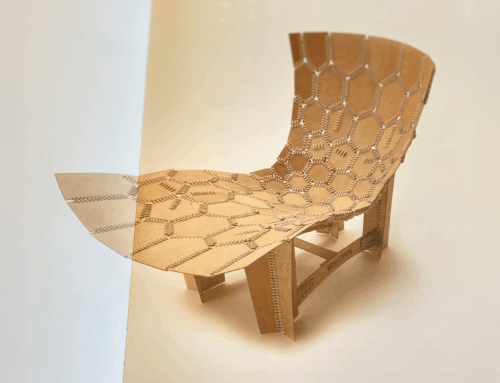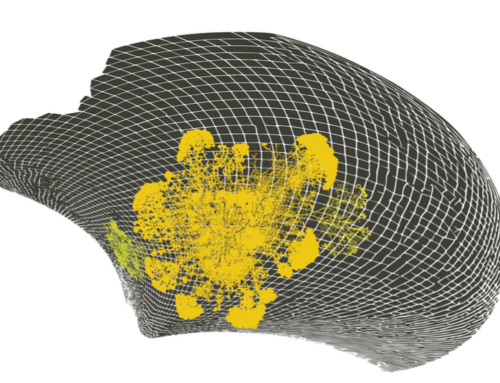Doors of Perception is helping to lead a two week course at Schumacher College which runs from 25 April to 6 May.
In myriad projects around the world, a new economy is emerging whose core value is stewardship, not extraction. Growth, in this new story, means soils, biodiversity and watersheds getting healthier, and communities more resilient.
These seedlings are cheering – but something more is needed for the whole to be more than the sum of its parts. A compelling story, and a shared purpose, are needed that people can relate to, and support, whatever their other differences.
A strong candidate for that connective idea is the bioregion. A bioregion re-connects us with living systems, and each other, through the unique places where we live. It acknowledges that we live among
watersheds, foodsheds, fibersheds, and food systems – not just in cities, towns, or ‘the countryside’.
Growth, in a bioregion is redefined as improvements to the health and carrying capacity of the land, and the resilience of communities. Its core value is stewardship, not extraction.
By focusing our efforts on stewardship as a new concept of value, a bioregion therefore frames the next economy, not the dying one we have now. The idea is culturally dynamic, too. It is literally and etymologically a ‘life-place’, in Robert Thayer’s words, whose unique geographic, climatic, hydrological, and ecological qualities – its metabolism – can be the basis for meaning and identity.
Designers and artists can contribute to bioregional development in various ways:
– Maps of the bioregion’s ecological assets are needed: its geology and topography; its soils and watersheds; its agriculture and biodiversity;
– The collaborative monitoring of living systems, the interactions among them, and the carrying capacity of the land, needs to be designed – together with feedback channels;
– A bioregion’s social assets – such as waste, recycling and maker networks – also need to be identified, and connected to each other;
– Spaces and places that support collaboration – from maker spaces to churches, from town halls, to libraries – need to be identified and, where needed, adapted;
– New collaboration and peer-to-peer platforms are needed to help people to share resources of all kinds – from land, to time and knowledge;
– New economic and business models need to be adapted and deployed, such as peer production, commons economics, and open value accounting,
– Novel forms of governance and discussion must also be designed that enable collaboration among diverse groups of people and enterprises;
– Every bioregion will need its own identity, too – what the bioregion looks like, and feels like, to its citizens and visitors.
None of these actions mean designers or artists acting alone. But in creating objects of shared value – such as an atlas, a website, a plan, a building, a landscape, or a meeting – the design process can be a powerful way to foster collaboration among diverse disciplines and constituencies.
Developing the agenda for a bioregion involves a wide range of skills and capabilities: The geographer’s knowledge of mapping; the conservation biologist’s expertise in biodiversity and habitats; the ecologist’s literacy in ecosystems; the economist’s ability to measure flows and leakage of money and resources; the service designer’s capacity to create platforms that enables regional actors to share and collaborate; the artist’s capacity to represent real-world phenomena in ways that change our perceptions.
A bioregion provides livelihoods, not just amenity. It builds on existing relocalisation and circular economy efforts that measure where resources come from; identify ‘leakages’ in the local economy; and explore how these leaks could be plugged by locally available resources.
One of real-world case study elements of our course at Schumacher will be food systems. We will explore new distribution models and – with ‘social farming’, WWOOFING 2.0‘ and ‘care farming’- the direct participation of citizens in farm-based activities.
If you or your organisation cannot come, please consider sponsoring a bursary for someone else who can. We promise to brief you afterwards on how the event goes, and will keep you in the loop for future projects.





